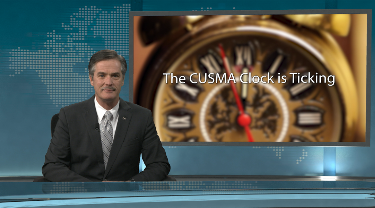It’s probably safe to say that high-profile, high-impact, multi-country deals like this almost never sail through smoothly. But so far, the pressure to deliver on key dates has been high, and the three countries have generally delivered – if, as in this case, at the very last minute. The signing in Buenos Aires is the starting line for all the legislative steps that follow. Not much is expected to happen between now and when the newly-elected US Congress sits on January 3. But a key clock started ticking last Friday, one that requires the US Administration to submit a list of changes to US law needed to accommodate passage of USMCA within 60 days, or by January 30. That part should be smooth.
Drafting the actual legislation is the next step. This is typically a joint effort of Congress and the Executive Branch. The final legal text of the trade agreement must be submitted to Congress by the President together with a Statement of Administrative Action 30 days prior to submitting implementing legislation to Congress, along with other key supporting documentation.
From here, the next key milestone is in mid-March, as the US International Trade Commission has 105 days from the signing to present its economic assessment of the agreement.
Provided all prior dates are met, we assume that the implementation bill will be introduced in the House and Senate in mid-April. US Trade Promotion Authority rules require that Congress act on the bill within 90 days, suggesting a mid-July vote. If Congress approves, CUSMA could be signed into law before the end of July, ahead of the October 21 final deadline for the next Canadian federal election.





